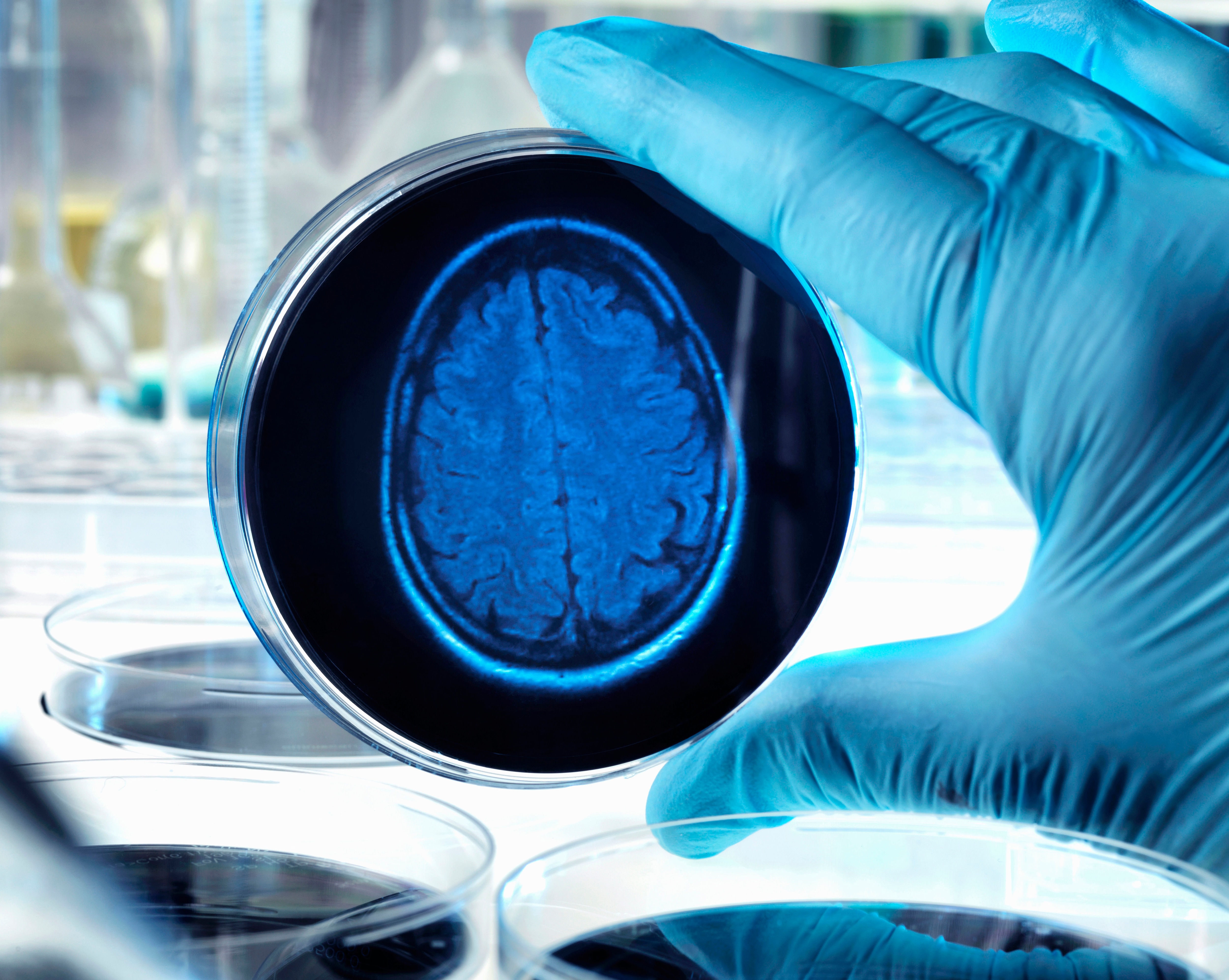Create a free profile to get unlimited access to exclusive videos, sweepstakes, and more!
Artificial neurons now talking to real neurons with hope of creating a hybrid brain network

In focal brain diseases, a patient’s neural network loses key connections, preventing the brain from functioning as it miraculously should. But what if there was a way to restore those connections? An EU funded study is seeking to do just that by getting real biological neurons to synaptically communicate with artificial ones.
Though still in the early stages of study, SYNCH, a team of scientists from the U.K., Switzerland, Germany, and Italy, have created what they describe as a “synaptically connected brain-silicon Neural Closed-loop Hybrid system.” Basically, they’ve taken actual brain cells and artificial brain cells, and got them talking back and forth over the internet.
Like the internet wasn’t a wild enough place!
A normal functioning brain (which is anything but normal) utilizes a complex neural network to process the real world as electrical events, aka spikes, and create self-reorganized connections.
“For the first time ever, we have demonstrated that artificial neurons on a chip can be connected to brain neurons and communicate by speaking the same ‘spikes’ language,” says Stefano Vassanelli, a biomedical sciences professor at the University of Padova in Italy, per Digital Trends.
In a University of Southampton laboratory, scientists cultivated rat neurons that biologically signal nanoelectronic synapses, called memristors (from memory resistor). Via the internet, these spiking biological neurons were then transmitted to artificial neurons in an entirely different country — and then the transmission was reversed.
“Artificial and brain neurons were connected through nanoscale memristors that were capable [of emulating] basic functions of real synapses, those natural connections between neurons that are responsible for signal transmission between neurons that take over most of the processing in the brain,” said Vassanelli.
SYNCH’s goal is to create a synaptically connected biological/artificial hybrid system that enables “co-evolution of connectivity and co-processing of information of the two networks.” Such hybrid networks could foreseeably help restore some brain function to those who suffer from Parkinson’s disease, strokes, or epilepsy.
“Once embedded in brain implants, silicon spiking neurons will act as a sort of neuroprosthesis where artificial neurons will adaptively stimulate dysfunctional native neurons facilitating recovery or even rescuing functional losses,” claims Vassanelli.


























